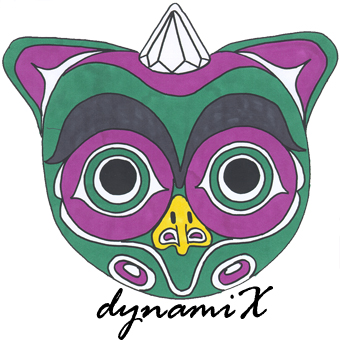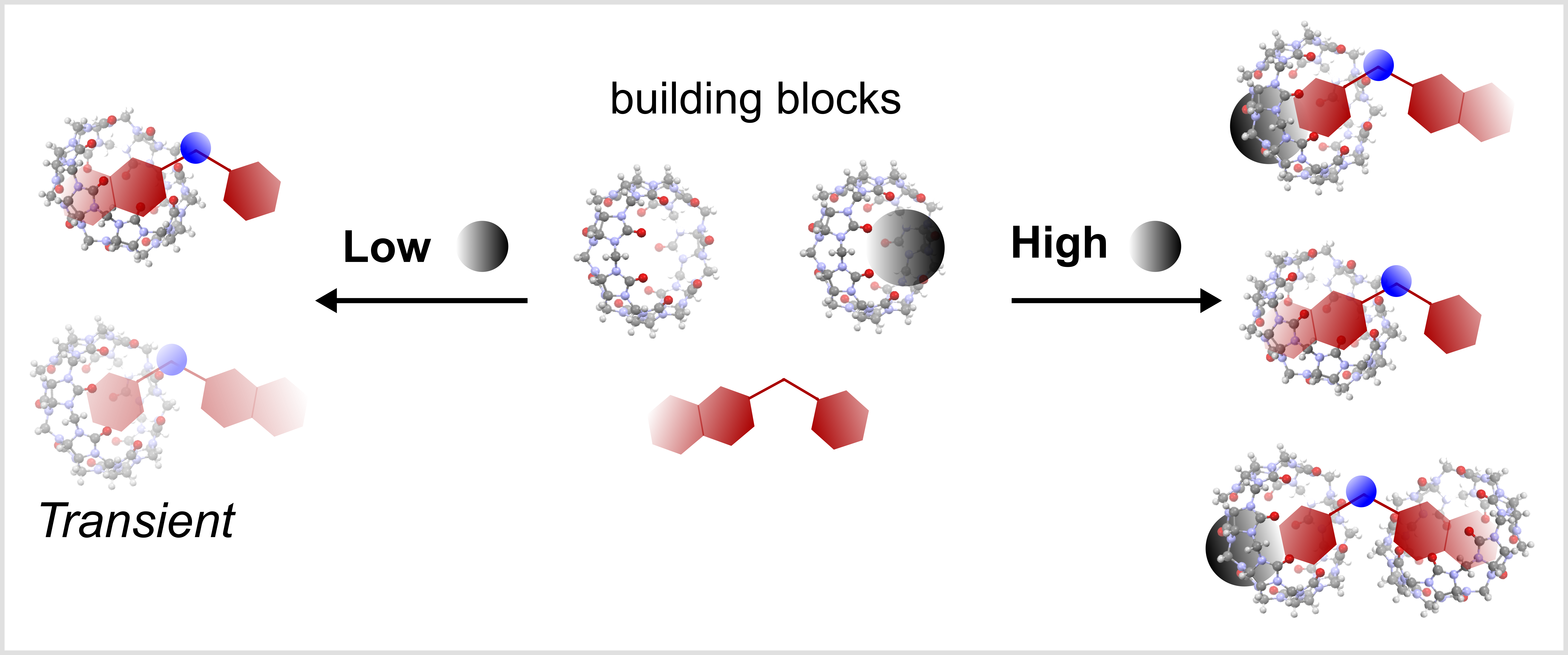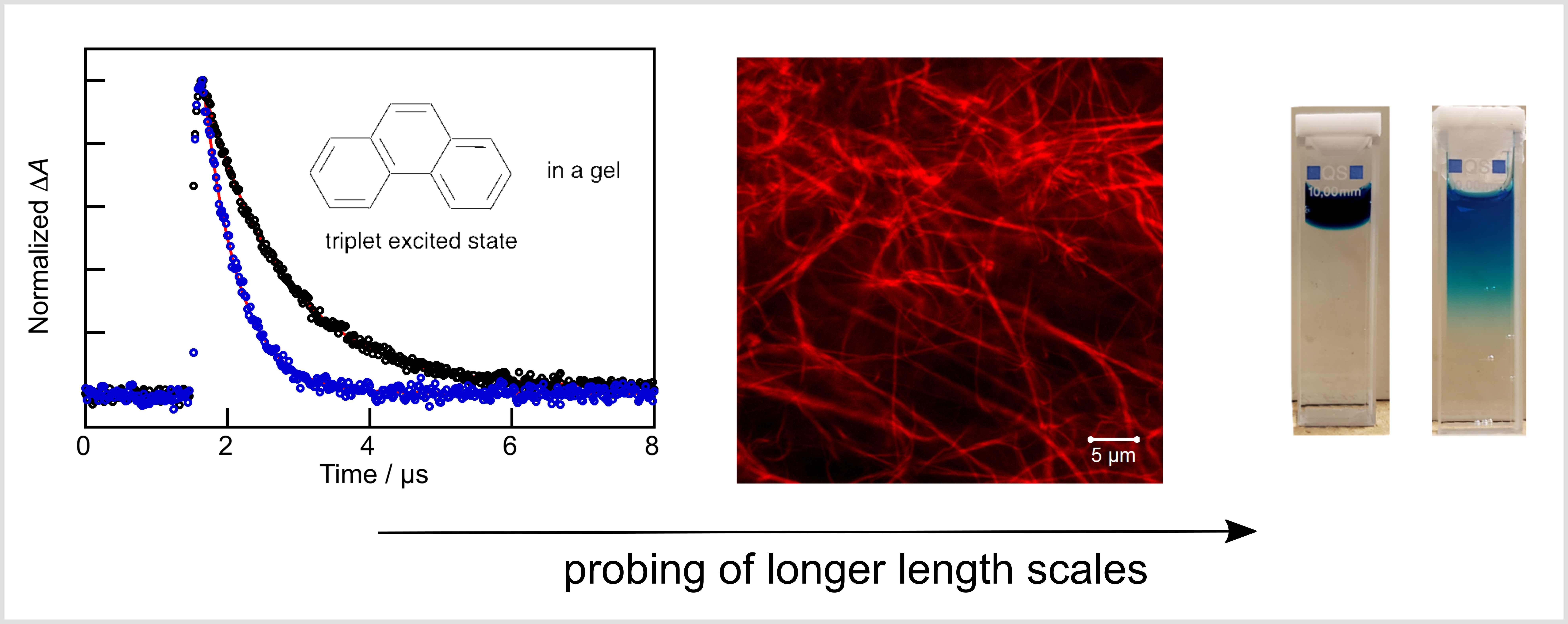
Dr. Cornelia Bohne, Professor
Phone: (250) 721-7151
room: Elliott 246

Courier:
3800
Finnerty Rd.
Elliott Building, room 301
Victoria, B.C.,
Canada V8P 5C2
|
Dr. Cornelia Bohne, ProfessorPhone: (250) 721-7151 room: Elliott 246 |
Courier: |
Home – Research – Publications – Cornelia – GroupMembers – Professional skills & EDI – Positions – Links – VicPicK – ChemDept.
Research video - Google Scholar - orcid.org/0000-0001-9996-0076 - Episode 30 BEaTS Research Radio - Interview with Dr. Cornelia Bohne
Supramolecular systems are inherently reversible and are constituted from molecular building blocks. The system’s complexity is increased by adding different building blocks to a system. A supramolecular system can have species with molecules arranged with defined ratios (stoichiometries), such as host–guest complexes, or can be a self-assembly of a large number of components, such as micelles, liposomes or membranes. These two types of supramolecular systems are integral to living systems and in multifunctional materials. Each of our research areas cover one type of supramolecular system.
 Supramolecular
dynamics of cucurbit[n]uril-guest systems:
Cucurbit[n]urils
(CB[n]s)
are macrocyclic hosts. CB[n]s
can have different sizes and bind well to
guests with hydrophobic
moieties and positive charges, as well as with
small molecules, like metal
cations. We are using the ability of CB[n]s
to competitively bind different guests to design CB[n]-guest
systems with increased complexity. These studies will show how we can
alter and use transient formation of CB[n]-guest
complexes to build supramolecular systems that can be maintained out
of equilibrium. This fundamental research will create the
conceptual framework required
to understand complexity, and
this framework will be used to
achieve and control emerging properties as those seen in biology.
Supramolecular
dynamics of cucurbit[n]uril-guest systems:
Cucurbit[n]urils
(CB[n]s)
are macrocyclic hosts. CB[n]s
can have different sizes and bind well to
guests with hydrophobic
moieties and positive charges, as well as with
small molecules, like metal
cations. We are using the ability of CB[n]s
to competitively bind different guests to design CB[n]-guest
systems with increased complexity. These studies will show how we can
alter and use transient formation of CB[n]-guest
complexes to build supramolecular systems that can be maintained out
of equilibrium. This fundamental research will create the
conceptual framework required
to understand complexity, and
this framework will be used to
achieve and control emerging properties as those seen in biology.
 Dynamics
within supramolecular hydrogels: Supramolecular hydrogels are
formed from small gelator molecules or by the physical interactions
of polymers. Hydrogels have a wide range of applications in industry,
such as household items, cosmetics, and in drug delivery. We study
how the mobility of molecules within the gel and in and out of the
gel is affected by the gels structure. For these studies, we use the
methodology we have developed for our fundamental studies of the
dynamics of host–guest systems. The correlation of the molecular
dynamics over different length scales with the gel’s structures,
from nanometers to centimetres, will provide information on how to
design the gel when its function requires the inclusion or release of
molecules. Application of this knowledge will impact the development
of technologies in varied fields, such as drug delivery systems and
oil recovery.
Dynamics
within supramolecular hydrogels: Supramolecular hydrogels are
formed from small gelator molecules or by the physical interactions
of polymers. Hydrogels have a wide range of applications in industry,
such as household items, cosmetics, and in drug delivery. We study
how the mobility of molecules within the gel and in and out of the
gel is affected by the gels structure. For these studies, we use the
methodology we have developed for our fundamental studies of the
dynamics of host–guest systems. The correlation of the molecular
dynamics over different length scales with the gel’s structures,
from nanometers to centimetres, will provide information on how to
design the gel when its function requires the inclusion or release of
molecules. Application of this knowledge will impact the development
of technologies in varied fields, such as drug delivery systems and
oil recovery.
Methods used: The focus of our research is on kinetic studies leading to mechanistic insights. Our laboratories (VicPicK)[add link] are internationally recognized for the ability to perform real-time kinetic measurements in complex solution or solid systems over time scales of nanosecond to seconds. Kinetic studies are complemented with the thermodynamic characterization of the various species present in each system by using spectroscopic techniques, such as fluorescence. Structural properties are characterized using fluorescence microscopy, while viscoelastic mechanical properties are studied using rheology.
We acknowledge and respect the lək̓ʷəŋən peoples on whose traditional territory the university stands and the Songhees, Esquimalt and W̱SÁNEĆ peoples whose historical relationships with the land continue to this day.